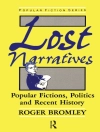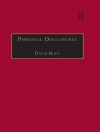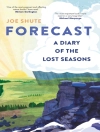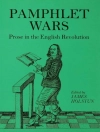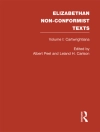This electronic version has been made available under a Creative Commons (BY-NC-ND) open access license. This book
traces affinities between digital and medieval media, exploring how reading functioned as a nexus for concerns about increasing literacy, audiences’ agency, literary culture and media formats from the late fourteenth to the early sixteenth centuries. Drawing on a wide range of texts, from well-known poems of Chaucer and Lydgate
to wall texts, banqueting poems and devotional works written by and for women,
Participatory reading argues that making readers work offered writers ways to shape their reputations and the futures of their productions. At the same time, the interactive reading practices they promoted enabled audiences to contribute to – and contest – writers’ burgeoning authority, making books and reading work for everyone.
表中的内容
Introduction: participatory reading in late-medieval England
Part I: Participatory discourse 1 Corrective reading: Geoffrey Chaucer’s
Troilus and Criseyde and John Lydgate’s
Troy Book 2 Nonlinear reading: the O
rcherd of Syon,
Titus and Vespasian, and Lydgate’s
Siege of Thebes
Part II: Evoking participation 3 Reading materially: John Lydgate’s ‘Soteltes for the coronation banquet of Henry VI’ 4 Reading architecturally: the wall texts of a Percy family manuscript and the
Poulys Daunce of St. Paul’s Cathedral 5 Reading temporally:
Thomas of Erceldoune’s prophecy, Eleanor Hull’s
Commentary on the Psalms, and Thomas Norton’s
Ordinal of alchemy Conclusion: nonreading in late-medieval England Index
关于作者
Dr Anke Bernau is Lecturer in Medieval Literature and Culture at the University of Manchester


